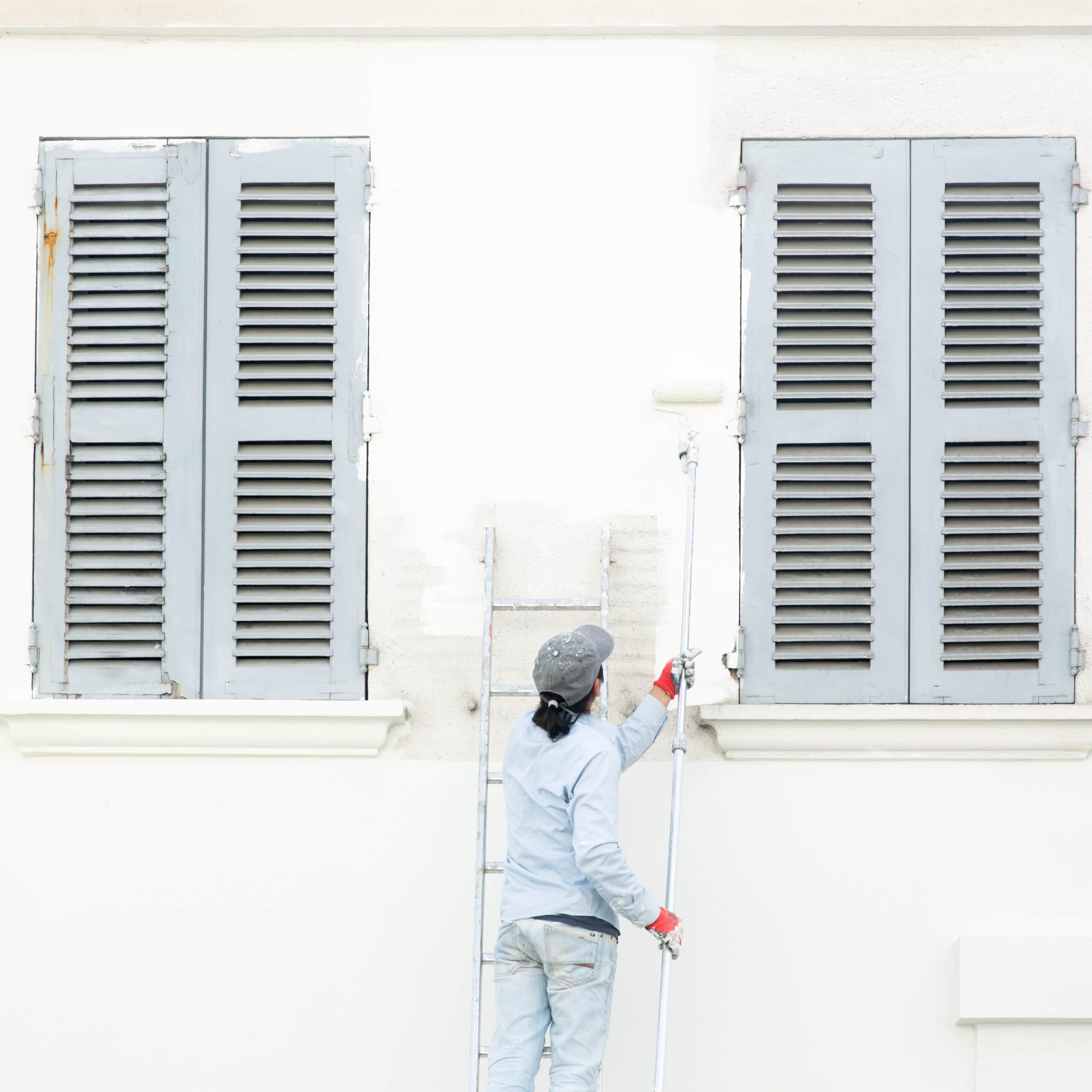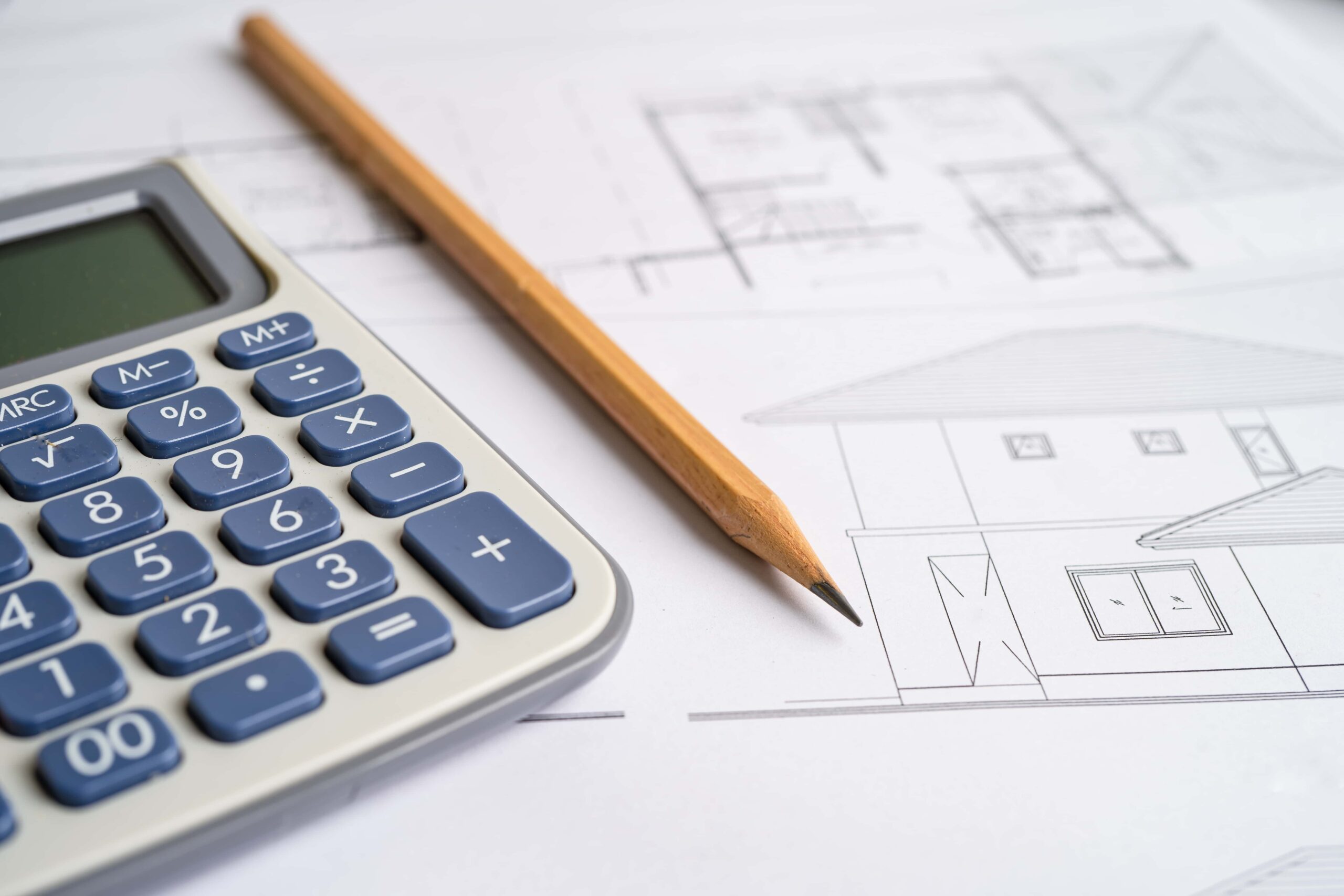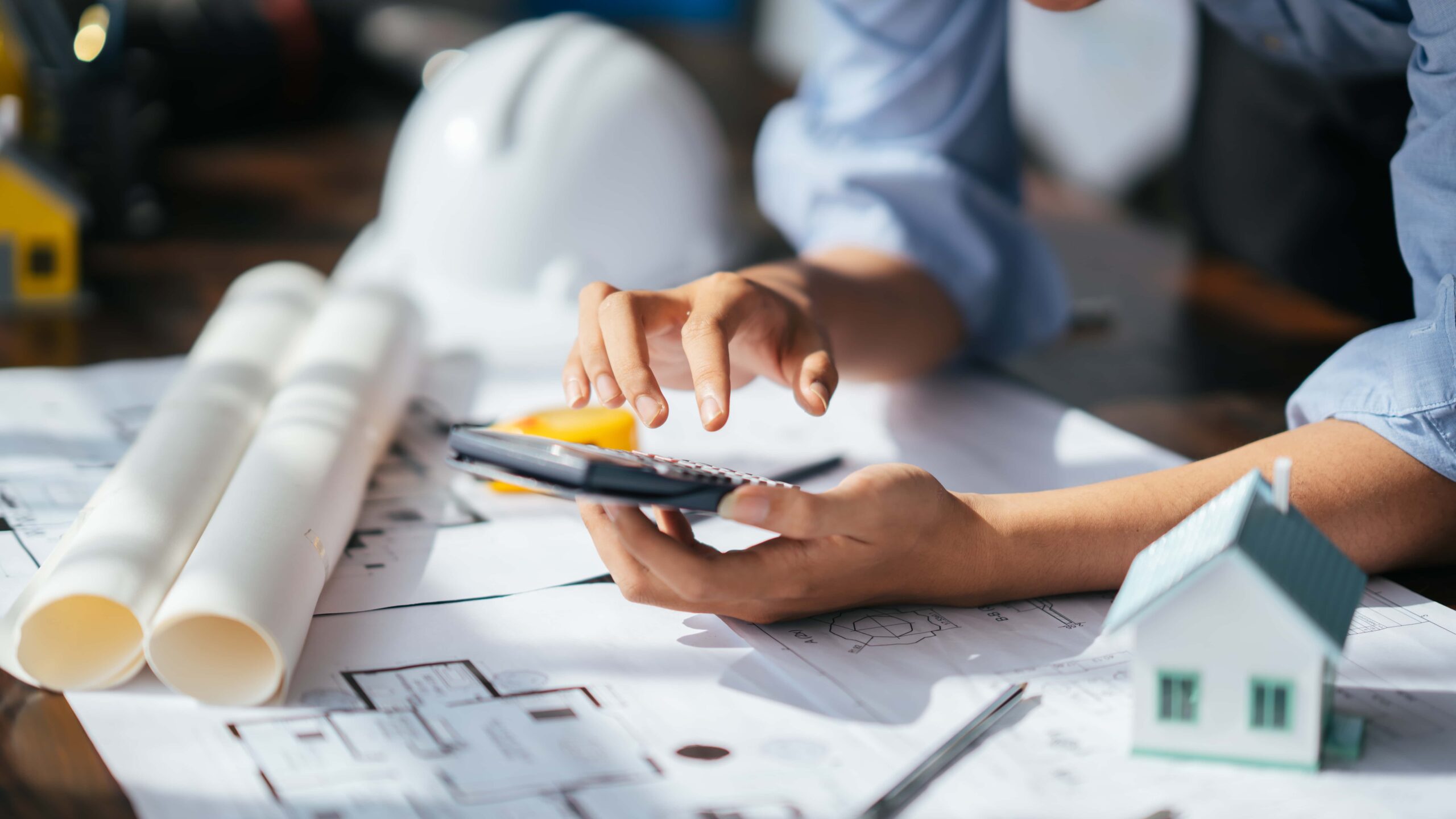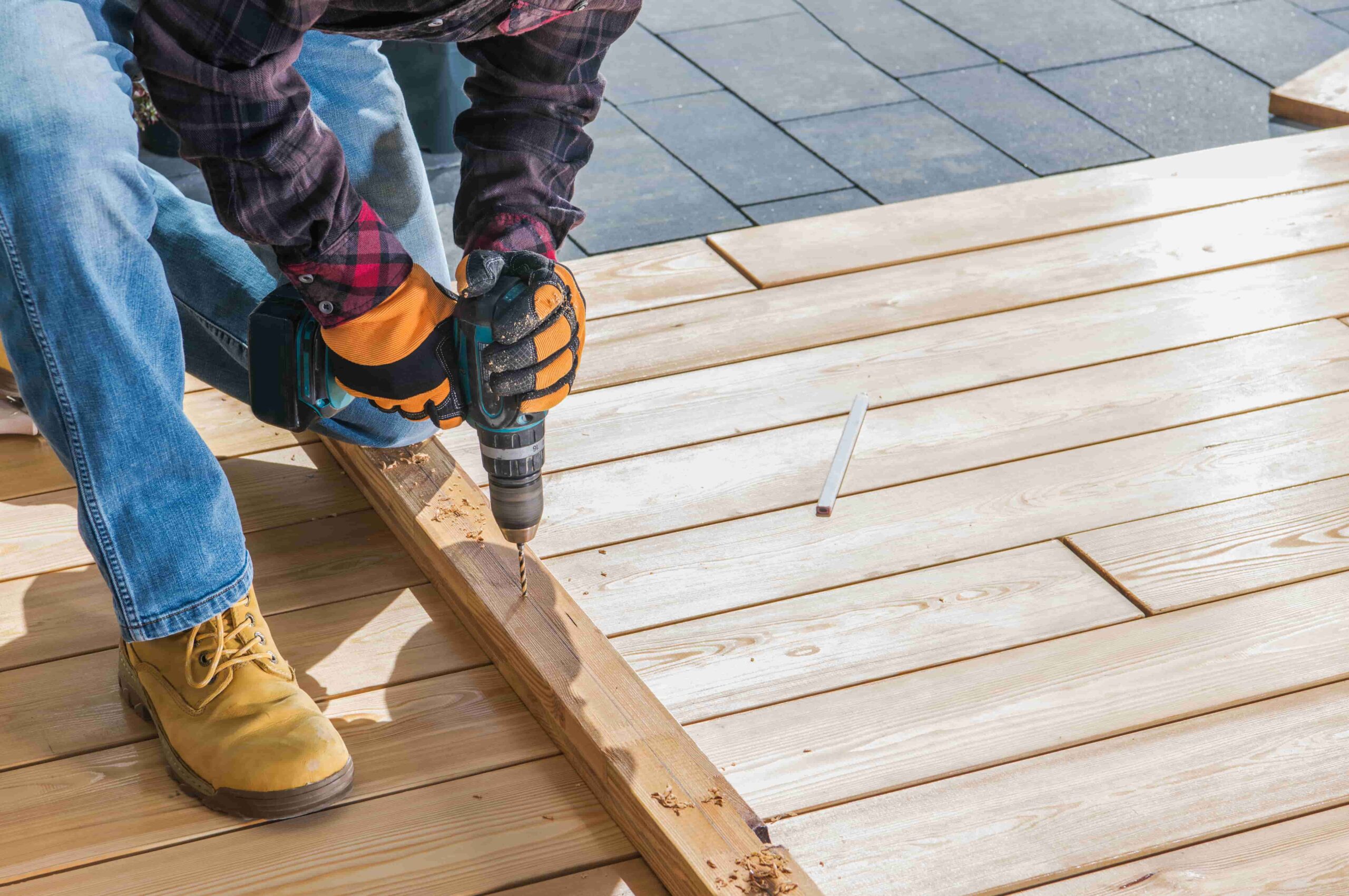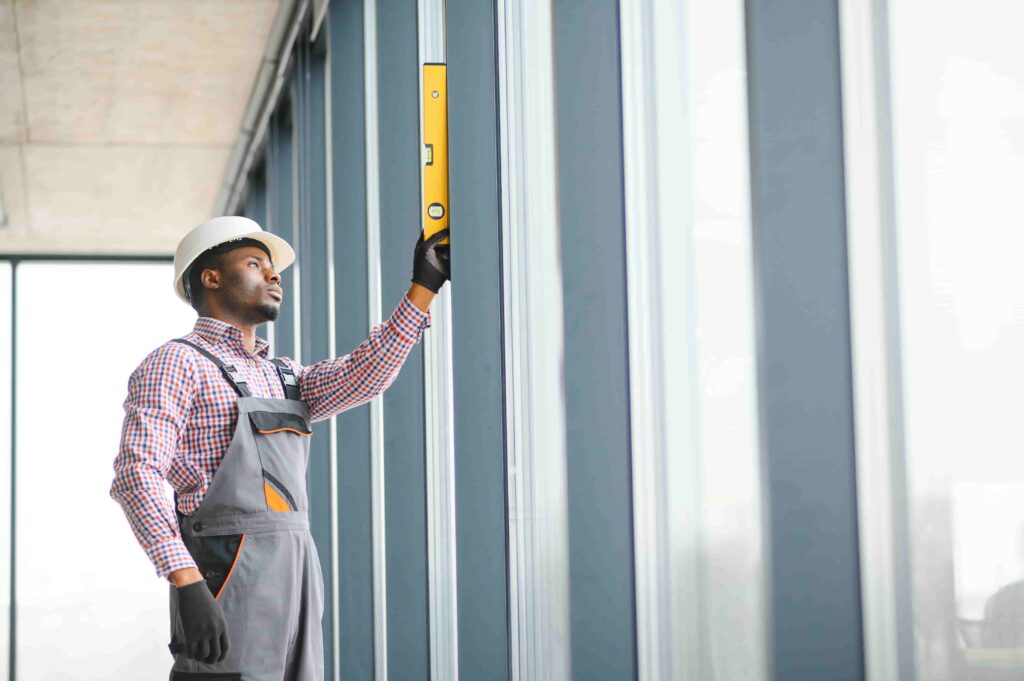
In construction, accurate cladding estimation is crucial for ensuring that your project stays within budget, especially in cities like New York City, where material prices, labor costs, and local regulations can significantly influence the final outcome. Cladding, the outer layer of a building, not only provides protection but also enhances the aesthetic appeal and thermal performance of the structure. As a result, getting the cladding estimation right can make a big difference in the success of your project.
At True Bid Data, we specialize in providing data-driven cost estimation tools that help contractors and project managers streamline the cladding estimation process. This article will guide you through the key elements involved in cladding estimation and show how you can leverage modern tools to make the process more efficient and accurate.
Why Cladding Estimation is Vital for Construction Projects
Cladding is an integral part of any building’s exterior, but estimating its cost requires more than just measuring the surface area. The choice of material, the design of the building, labor rates, and the specific requirements of New York City regulations all come into play. Here’s why cladding estimation is crucial for your project:
- Energy Efficiency and Compliance: In New York City, the local building codes require cladding systems to meet certain thermal and energy performance standards. An accurate estimation ensures that you meet these requirements without over-budgeting for unnecessary materials.
- Aesthetic and Performance Factors: The exterior of a building plays a critical role in both its appearance and performance. Cladding types vary in material and cost, from metal to composite panels, and each option has its own benefits and challenges that affect overall project costs.
- Scheduling and Budgeting: Cladding is typically one of the last stages of a construction project, so proper estimation of both time and cost is crucial to avoid delays. If cladding installation takes longer or costs more than expected, it can push the entire project off-schedule and over-budget.
- Material Sourcing and Vendor Coordination: The cost of materials can fluctuate due to market conditions, especially in a city like New York. Accurate estimation allows for better vendor coordination and helps you secure the most competitive prices.
Key Components of Cladding Estimation
A comprehensive cladding estimation involves several key factors. Let’s break down the critical components that need to be considered during the estimation process:
Cladding Material Selection
Choosing the right cladding material is one of the most significant factors affecting cost. The material not only impacts the aesthetic appeal but also influences durability, thermal performance, and maintenance requirements. Common types of cladding materials include:
- Metal cladding (e.g., aluminum, steel, copper)
- Wooden cladding (e.g., timber, composite panels)
- Stone or brick cladding
- Composite panels (e.g., aluminum composite material – ACM)
In New York City, metal cladding and composite panels are popular due to their modern look, low maintenance, and energy efficiency. However, each material comes with a different cost structure, both for materials and installation.
Installation and Labor Costs
Labor plays a significant role in cladding estimation. Depending on the complexity of the installation and the material chosen, the cost of labor can vary. In a dense urban environment like New York City, factors such as accessibility and the need for specialized equipment (e.g., scaffolding, cranes) can increase labor costs. It’s essential to account for union and non-union labor rates, depending on the type of project you’re bidding on.
Design and Complexity
The design of the building and the cladding system itself affects both material quantities and labor requirements. For instance, a building with a complex façade or intricate detailing will require more time and materials to install cladding. In New York City, many buildings have distinctive designs that may require custom cladding solutions, increasing both the material and installation costs.
Building Regulations and Local Codes
New York City has specific building codes and regulations that impact the choice of materials and installation techniques for cladding. For example, the New York City Energy Conservation Code mandates certain thermal performance levels for exterior walls, which can dictate the type of cladding material you use. Adhering to these regulations ensures your project complies with local laws but may also increase costs, especially if high-performance materials or custom solutions are required.
How True Bid Data Enhances Cladding Estimation
At True Bid Data, we use advanced tools and industry insights to make cladding estimation more efficient and accurate. Here’s how our approach works:
Step 1: Digital Takeoff and Measurement
Using digital takeoff tools like PlanSwift or Bluebeam, we extract the exact measurements of the building’s exterior directly from architectural plans. This helps us quantify the total area to be clad, which is the first step in calculating material quantities and labor requirements.
Step 2: Cost Calculation and Material Matching
Once we have the measurements, we match the material types to the most up-to-date pricing data. For New York City, we pull pricing from reliable sources such as RSMeans and local suppliers to ensure that the material costs are accurate. We also factor in labor costs based on current union and non-union rates in New York.
Step 3: Vendor Sourcing and Market Benchmarking
We also benchmark the cladding costs against similar projects in the same area. For instance, we compare material costs and labor rates for projects in Midtown Manhattan versus Brooklyn to understand regional pricing variations. This benchmarking ensures that your estimate is competitive and aligned with current market conditions.
Step 4: Incorporating Risk Factors and Contingencies
At True Bid Data, we understand the importance of factoring in risk and uncertainties. For cladding projects, this includes procurement delays, price fluctuations in materials, or unforeseen labor shortages. We incorporate these risks into your estimate, adding contingency amounts where necessary to avoid surprises.
Cladding Estimation Challenges in New York City
While cladding estimation might seem straightforward, it can be particularly challenging in New York City due to several factors:
- Custom and Irregular Designs: Many buildings in New York City feature complex, custom facades that require specialized cladding materials or installation techniques.
- Regulatory Compliance: Meeting the city’s stringent building codes can lead to additional costs for both materials and labor.
- Access Issues: Limited access to the construction site can increase labor costs and extend project timelines. Special equipment such as cranes or scaffoldings may be required to install cladding at higher levels.
- Material Sourcing: Due to the large number of construction projects in New York City, some materials may have long lead times. It’s important to include these delays in your cladding estimate to avoid scheduling issues.
Conclusion
Accurate cladding estimation is essential for managing costs and ensuring the timely completion of construction projects in New York City. Whether you’re working on a high-rise or a commercial building, understanding the factors that influence cladding costs—such as material selection, labor, and local regulations—is crucial.
By leveraging TrueBidData’s digital estimating tools and local market expertise, you can streamline the cladding estimation process, improve cost accuracy, and stay ahead of market trends. With our data-backed insights and proven methodologies, we help ensure that your projects remain on budget, meet building codes, and are completed on time.

